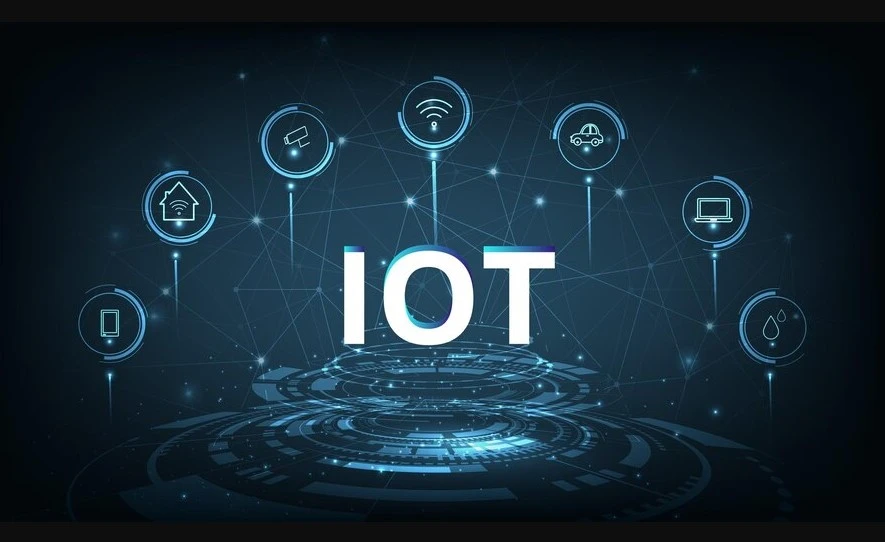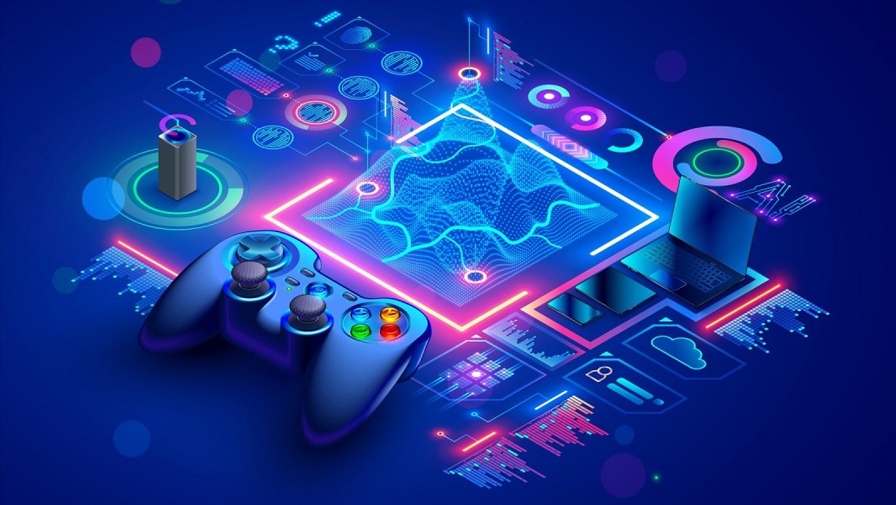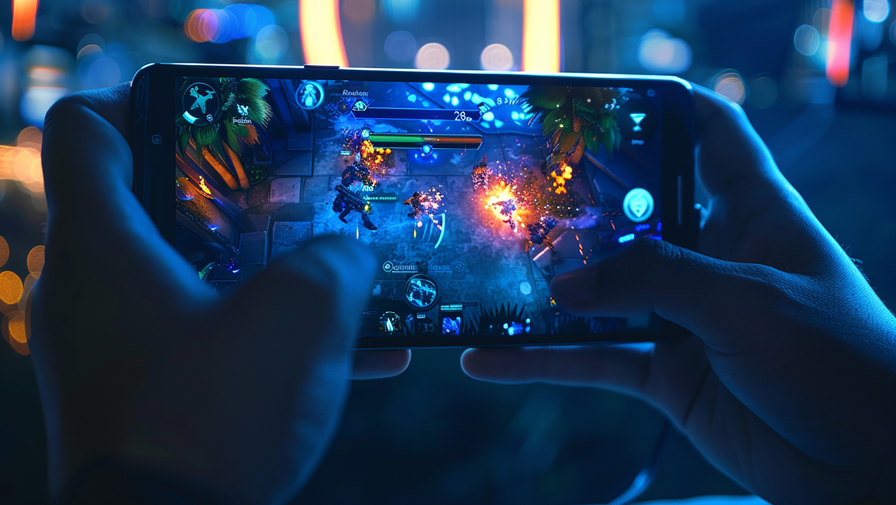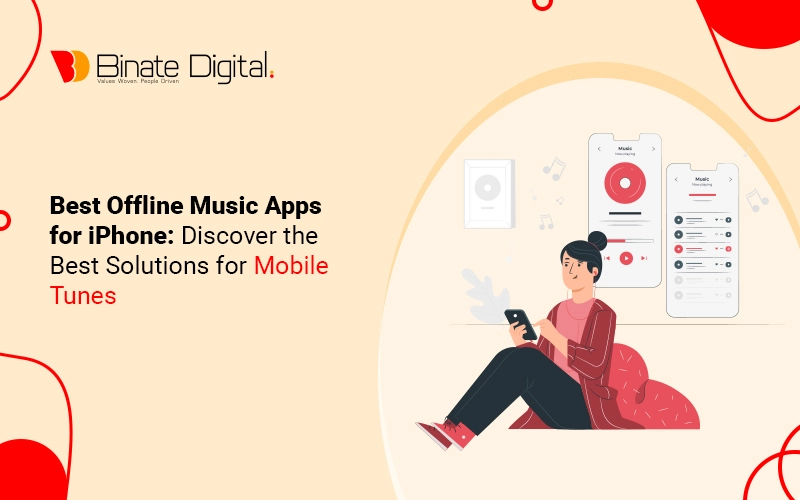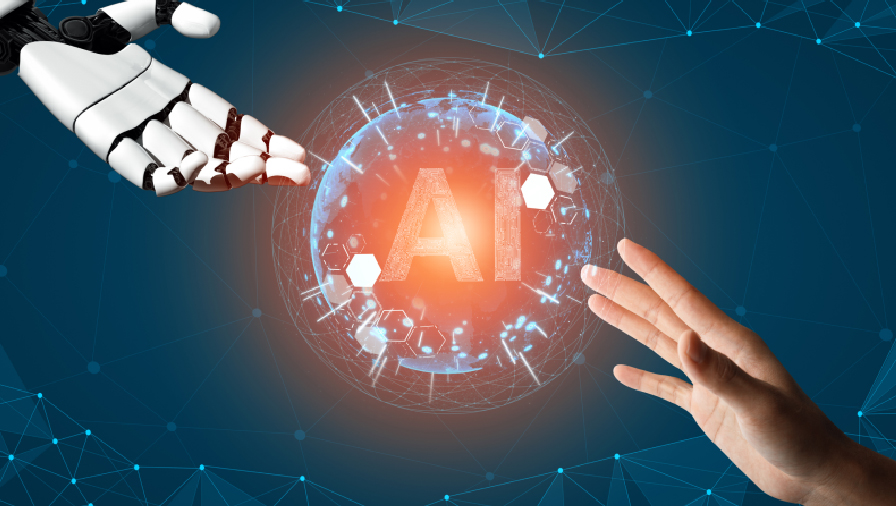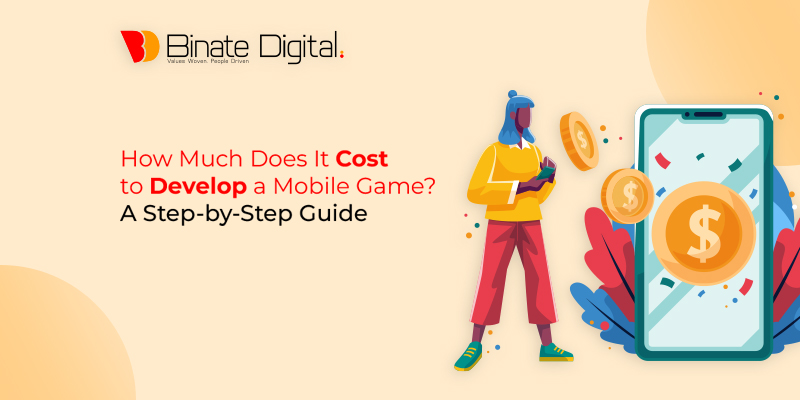A few years ago, the concept of IoT was a dream to be manifested in a very distant future. Today, that distant future is upon us. IoT has taken over many industries in developed countries, and many other industries are following suit.
Cargo was the first industry to think of this idea when it introduced RFID tags for parcels and vehicles carrying those parcels. The next industries to benefit from this ease were home appliances and health and fitness. Nowadays, these devices affect every aspect of our lives.
Here is what you need to know about IoT and its impact on our lives.
On this Article
A Brief History of IoT
The term Internet of Things (IoT) was first coined by Kevin Ashton in 1999, who wanted to use RFID technology to smooth the logistics of the company he worked for, Procter & Gamble. But RFID wasn’t the first technology that could be summed up under this umbrella term. Instead, the first example of an IoT device was a refrigerator that communicated the status of drinks present in it to its users. This refrigerator belonged to Coca-Cola.
The technology industry responded to Kevin’s term by creating robust systems that could relay information across different devices using the infant technology of Wi-Fi. They also researched and developed sensors that could collect these pieces of information for sharing. Wearable joined the chase soon, and in no time, the whole ecosystem of IoT was up and running.
What is IoT?
Nowadays, these technologies are no secret. Everyone is using one or more devices that keep sending their information to other parties or letting them access information from their devices. Still, information about its scope and functioning is known to only a few.
The literal meaning of the IoT is a network of sensing and communicating devices. These devices can collect information from their environment using smart sensors and use Wi-Fi or Bluetooth technology to communicate this information to another device. This second device is usually within the reach of a decision-maker who either acts upon this information himself or sends commands to the device to respond.
Here are some industries that are benefiting a lot from IoT these days.
Transportation
We know that cargo was the first area to deploy IoT technology with RFID tags. These tags allowed the senders and receivers to track the location of their deliveries. The tags could be attached to the vehicles carrying the goods, or they could be with the packages. These tags had tracking IDs that could be accessed from all over the world.
Later, these tags were employed to let car owners locate their vehicles. The same tags are now being used to track the whole fleet, helping with scheduling the vehicles’ departure and maintenance tasks. Road sensors also help this industry check available parking spaces. Plus, the shipping industry as a whole will benefit from the real-time information transparency of available fleets moving to and from an area, making shipping decisions easier.
One well-anticipated development is the autonomy of vehicles. Different countries around the world are constructing dedicated corridors for autonomous trucks. Currently, the error rate of these trucks is higher than acceptable, but it is expected that the sensors’ efficiency will circumvent this issue. Simultaneously, autonomous cars are also expected to add ease to daily commutes.
Upcoming years will also see train schedules decided by the IoT. Engineers are busy testing sensors for environment scanning, train lengths, and passenger numbers to calculate these schedules.
Education
The most popular development in the education industry regarding IoT was about tracking pupil’s technology use. The trackers would keep a record of their internet activity, alerting parents or teachers of risky activities.
The second application came as geofencing technology that could alert the authorities if the student strayed away from their school boundaries during school time. It offered a piece of mind to the parents and teachers who knew if the student was in class during the lecture time or not. It also enhanced the safety of these students.
Teachers also got help with virtual assistants. These assistants could mark the tests, take attendance based on the wearable count or check-ins, and record marks for their classes. Many institutions are using cameras and webcams as proctors instead of invigilators in remote exam settings. These devices are backed by proctoring software that uses AI to analyze a candidate’s activity to detect signs of cheating. These institutes use IoT app development services to develop sensitive programs that check every movement of candidates’ eyes to determine if their activity is suspicious or not.
Teachers can use these devices on their resource packs for the class to know if they are running low on supplies. The same goes for tracking exercises and reading books that may need replenishment periodically.
One commendable way IoT is helping students is by tracking their learning. Their activity on an interactive tablet or phone is aggregated in a report, prompting teachers to personalize their progress. At the same time, using AI, teachers and course creators also take the next action for a given string of actions on a course or module.
These devices work closely with data science to determine students’ attitudes toward learning. They detect trends from the best games like Runescape and Pokemon to determine the learning environment that will be most engaging to these students. Later, educators use these insights to develop lesson plans that yield results.
Manufacturing
No doubt, IoT integration is the fastest and smoothest for those industries that require repetitive tasks, and the manufacturing industry lies at the top of the list of such industries. In the end, it gains the most benefits from the advent of the IoT.
Production units employ sensors to record equipment performance and report on ad hoc maintenance needs. Predictive repair and overhauling are also recorded and processed. RFID tags ensure the security of the equipment, especially when these pieces of equipment are portable.
Inventory management has become an automated process with this advancement, as sensors can verify the records of incoming and outgoing inventory units. These digital records then use the predefined levels for order placement to initiate production or purchase orders.
By connecting records from all departments of an organization, manufacturers can automate the processes of ordering, production, maintenance, and delivery of goods and services. With appropriate programming and calculation, more complicated processes like batch processing or just-in-time order processing can also be managed and executed automatically.
Automation of fleet management and transportation, as discussed above, also enhances the supply management process. For highly sensitive production processes, like those present in the pharmaceutical industry, these IoT sensors also help with quality assurance before manual quality checks by qualified personnel.
Health and Medical Care
It’s a common practice nowadays to track one’s activity during the day using wearables. Smartwatches are the most common gadgets to track your steps, miles, carbs, or some vitals. This is IoT at the consumer level in the health and fitness industry.
In the health sector, IoT is doing much more than that. Integrative devices have fostered safer in-home care. Medical practitioners have reported that post-surgery care that includes connected devices prevents readmissions by more than 20%.
These monitoring devices come in three forms: wearable, ingestible, or implantable. These devices keep track of patients’ vitals and use intelligence fed into them to determine if wearers’ health is normal or needs assistance. Based on the tracked information and predefined standards, these intelligent devices either compile the information into patients’ histories or report it to the relevant doctors.
Aging in place has also simplified these devices because of similar features. Other than reporting on the signs and symptoms of their bodies, these devices also collect and report on the external environment. They tell if the elderly are maintaining the right temperature in the home, if they are getting outdoors often, and if they have accident-proofed their homes or not.
Surgery tasks have also improved a lot because of these inventions. Now, because of tiny sensors, surgeons can perform tests or analyze the organs clearly without having to cut open the patient. At the same time, robotic surgeries are making their way into common medical practice because of their accuracy.
The health insurance industry is another winner, as it can collect patient information to underwrite claims. Also, insurance providers protect themselves against fraudulent claims using the information collected by the wearables of insurance holders.
- OTT App Development: In-House vs. Outsourcing
- What is Quality Assurance (QA) in Software Testing?
- How to Create an OTT App in 2024
Retail
The retail industry has evolved exponentially because of IoT developments. First of all, the retailers are now tracking the buying choices of their customers with carts and sending them discounts and marketing alerts via the interactive carts.
These devices monitor shelf space to ensure these shelves are stocked as much as they should to provide a smooth shopping experience to shoppers. Again, when supported by inventory and shopping trends-related information, these devices can also notify the time to order.
Location-based marketing is another method for this industry to interact with retailers. Retailers’ sensors in the stores allow the devices to note the location of the customers, and based on this information, they target the shelf-specific marketing information to be announced.
Based on the real-time supply-demand dynamic within the store, these retailers can also use dynamic prices to increase sales and revenue. Contactless payments are a well-praised feature that was born because of the IoT. AR shopping is a new trend that takes in-store marketing to another level. It allows users to check out their items before purchasing them through an ecommerce app.
Don’t forget that the first connected device that appeared on our planet was a refrigeration device to keep Coca-Cola drinks cool. A bunch of programmers programmed it and connected it to the internet so they could know the status of drinks present in it before coming to get one. IoT’s foremost task is to update the connections about the status of inventory present within the connected device so retailers can top up the shelves again.
Recent developments have allowed retailers to monitor and manage their cold chains as well. The programs allow them to check if a device is working smoothly with the right temperature and humidity levels or not.
Finance and Banking
The finance and banking industry has developed massively in recent years, thanks to the introduction of blockchain and cryptocurrency. However, its development because of IoT advancements is seldom discussed. The truth is that the banking and finance industry is responding very well to IoT developments. Here are a few areas where the ecosystem of connected devices has made lives easier for bankers and professionals in the financial industry.
Nowadays, banks are installing smart ATMs that alert them about the need for replenishment. At the same time, the environmental factors and security of lockers are managed by Internet of Things devices. These devices maintain the right temperature and humidity in the lockers where highly sensitive materials or documents are stored. At the same time, the security of these lockers is taken care of by using these devices.
Client relations and advisory services also benefit from IoT interventions in the banking and finance sectors. For example, clients’ transactions over different platforms, including cashless transactions and wearable-based and card-based payments, are collected to determine their spending behaviors. These insights into customers’ lifestyles are used in the risk management of their funds, allowing them to make more educated decisions.
For key accounts, banks and financial advisors depend on connected devices for a whole variety of reasons. They use wearables to locate their clients, especially just before meetings, so they can welcome them professionally as they enter the bank’s premises.
Wrapping Up
IoT is a relatively new term, but its industry has already graduated beyond the introduction phase. We find IoT devices everywhere, such as wearables, smart devices, temperature sensors, health and fitness monitors, and more. These devices are making our lives easier in our homes. At the same time, their impact on the industry is not to be ignored.
Many industries have revolutionized manufacturing processes because of IoT devices. They have automated every process for the manufacturing industry, from inbound logistics to intra-company communication to manufacturing, marketing, and sales. This impact is so high that it has led to speculation that it will render the labor force useless and unemployed. However, new developments have proved that the elimination of these jobs has made way for the introduction of new jobs and new roles.
The manufacturing industry presents the most prominent case of the application of IoT in any industry, but it’s not the only industry that is impacted. The health and medical care industry was supposed to be the last industry benefiting from this revolution, but it is showing a complete renovation in the light of IoT. The education industry also hasn’t lagged behind and now allows students and teachers to interact regardless of physical boundaries and distances.

